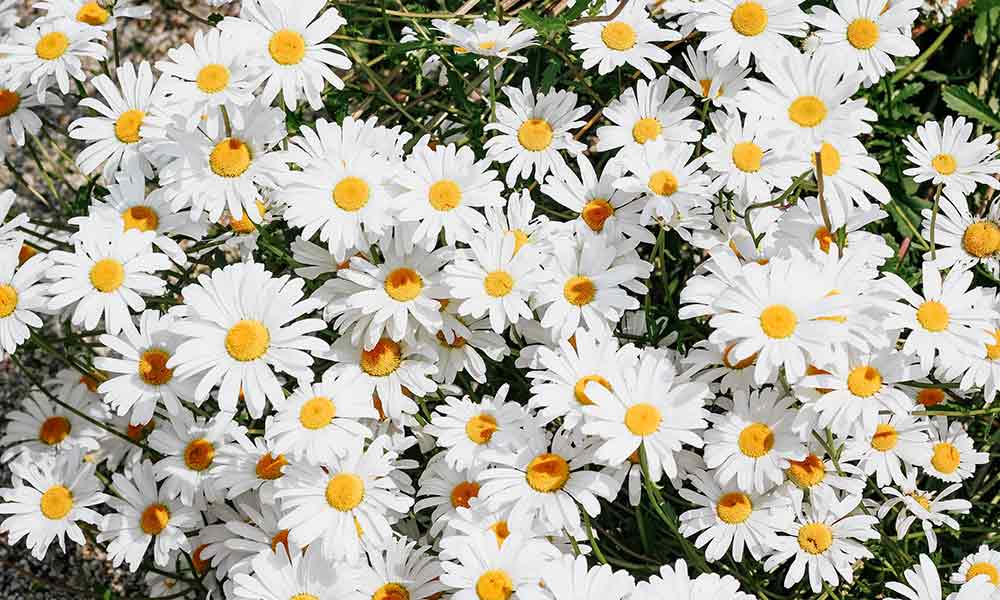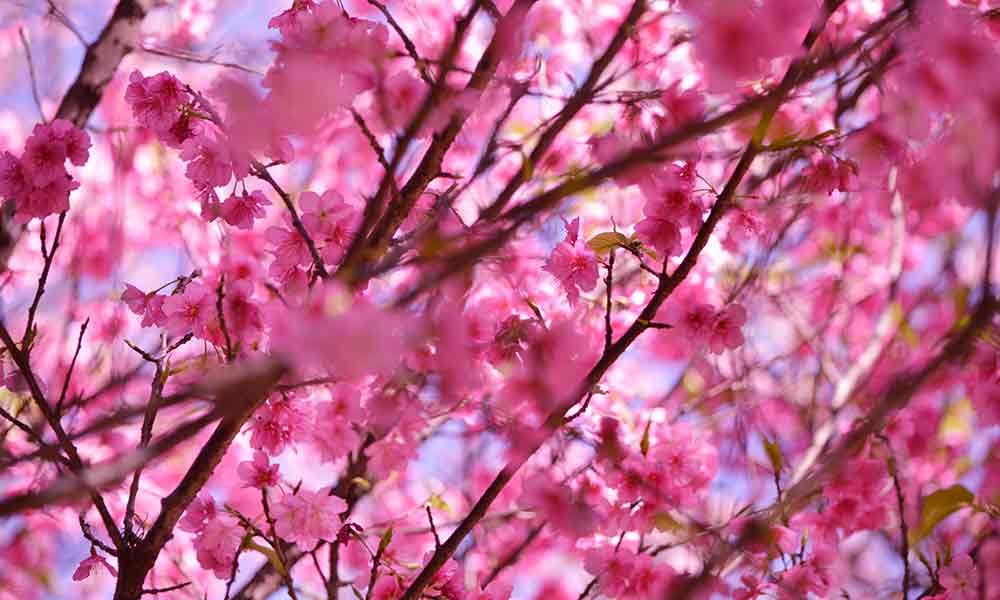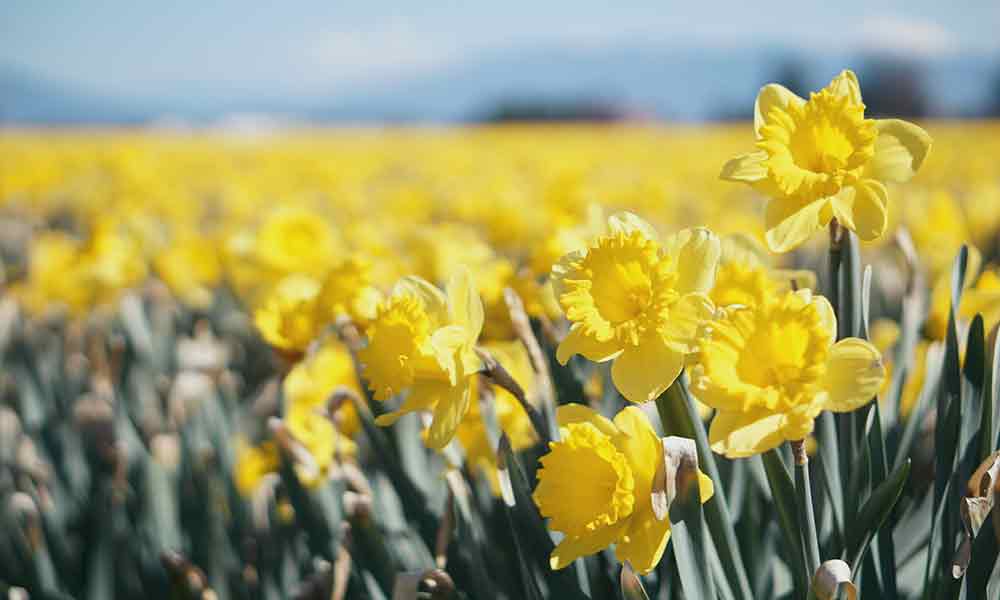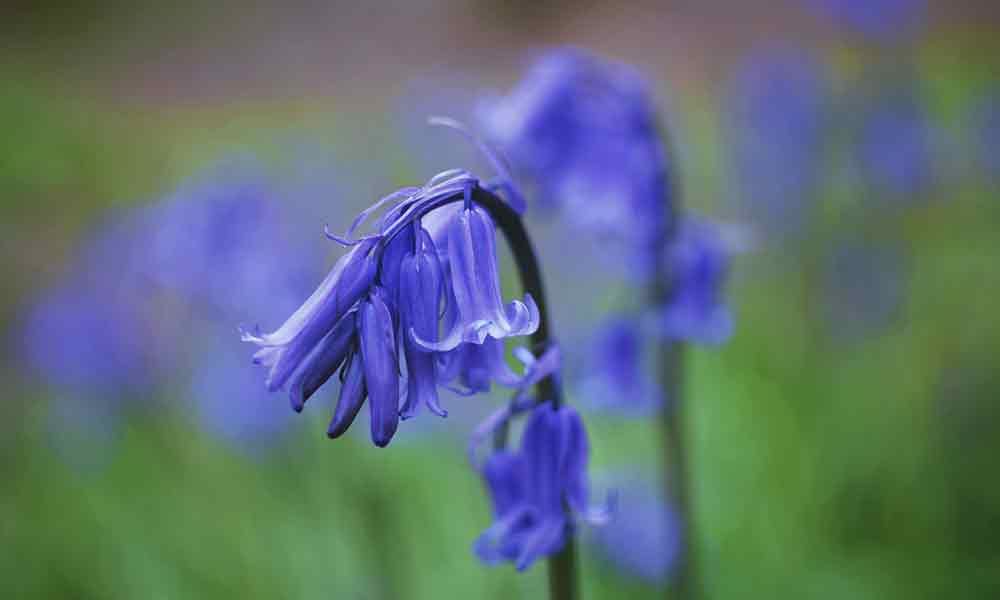A flower’s color has played a pivotal role in the primordial language of flowers that have been cultivated since the dawn of time. Therefore, it’s no surprise that the colors of chrysanthemums all have their historical meanings and symbols.
A chrysanthemum’s meaning and symbolism are color-dependent. It differs vastly from country to country, tied to entrenched cultural values and bespoke traditions. Red blooms represent love, white expresses trust, yellow signifies the end of a relationship, and violet denotes improved health.
Your chrysanthemum gift might not convey what you are trying to say if you choose the wrong hue, as it could denote a negative sentiment. So, to avoid a potential love life disaster – read on!
Chrysanthemum Mythology & History
You might be surprised to discover that chrysanthemums, commonly known as either “Mums” or “Chrysanths,” have a fascinating history and mythology that spans the globe.
There is much debate on how chrysanthemums grew to prominence in China. However, according to ancient folklore, a vain Chinese emperor wanted to restore his lost youth approximately 3000 years ago.
So, the emperor sent a few young people to a Japanese Sunrise Sea Dragon-fly Island to collect the powerful herb. While the herb was not found after a difficult journey at sea, the youth brought back a golden chrysanthemum for their emperor.
Chrysanthemums grew to prominence in China in the 15th century BC when they were cultivated as herbal remedies, for meals, or for decorative purposes.
Chrysanthemums then became a Chinese status symbol as the flower petals denoted a perfect specimen.
Chrysanthemums were loved by Chinese royalty to such an extent that they were the only members of society permitted to
grow and harvest precious flowers.
They became so popular in China that they even named Chu-Hsien in honor of their favorite flowers.
Buddhist monks exported chrysanthemum flowers to Japan in 400 AD, soon
growing to prominence.
The Japanese royal family’s Imperial Seal depicts sixteen chrysanthemum petals, and they were even included in their emperor’s intricate throne design.
However, chrysanthemums only reached Europe in the 17th century when Karl Linnaeus named it a “golden flower,” which comprises of two Greek words, namely “chrysos” (gold), including “anthemon,” or a flower.
What Do Chrysanthemum Flowers Mean Exactly?
While chrysanthemums predominantly denote joy or beauty in modern times, they have expressed numerous contrary emotions throughout the ages.
While chrysanthemums represented a token of friendship during the Victorian era, they currently symbolize rebirth and longevity in most parts of Asia. They are often gifted to the elderly at birthday parties or baby shower
gifts. Although, they are used for funeral services and as gravesite flowers in countries like Japan. Likewise, they are predominantly given to the bereaved in most European countries to provide comfort.
In stark contrast, chrysanthemum blooms denote optimism or joy in the US and Britain throughout the year.
On that happy note, chrysanthemums are also known as “Mums, ” or a Mother’s Day gift in Australia.
The Language Of Flowers: Chrysanthemum Symbolism
It would be wise to select your chrysanthemums blooms with great care if you want to convey a certain message.
While chrysanthemums historically symbolize positive sentiments that denote loyalty, optimism, or longevity, the opposite may ring true if you select yellow-hued chrysanthemums that represent the ending of a relationship.
On the other hand, red flowers denote love or passion, while white blooms denote fidelity or sincerity.
Violet chrysanthemums are a fantastic choice if you would like to wish a convalescent loved one a speedy recovery.
In China, chrysanthemums symbolize the ninth lunar moon in fall, which was celebrated with wine crafted from seasonal chrysanthemums to promote longevity during the Han empire.
Chrysanthemum Cultures
Chrysanthemum blooms are profoundly ingrained in Chinese cultural practices, denoted in their ancient watercolors depicting the “Four Gentlemen” consisting of bamboo, orchids, plum blossoms, and chrysanthemum blooms.
The Japanese “Supreme Order Of The Chrysanthemum” signifies the most esteemed Military accolade for valor.
In Iran, chrysanthemum blooms represent a Zoroastrian deity that brings about good fortune, including an angel called Yazad.
Chrysanthemum blooms also play a vital role in Poland on All Soul’s Day and All Saint’s Days when they are placed on their loved one’s graves in memoriam.
These globe-trotting blooms have also made great inroads in the USA as it is the official flower of Salinas in California, including Chicago.
Furthermore, it has been adopted by various US sororities and fraternities ranging from Chi Phi to Sigma Alpha.
Chrysanthemum Folklore & Symbolism In Japan
According to ancient Japanese folklore, chrysanthemums grew to prominence because there were too many gods in the spiritual realms.
Therefore, goddess Izanami and her compatriot god Izanagi were sent to earth floating on a cloud bridge.
Upon arrival goddess, Izanami created mountain, sea, and wind gods, but she sadly died when she created a fire god.
However, Izanagi was so bereft that he joined Izanami in the horrendous Black Night afterlife, where a vicious Old Hag hounded him.
Izanagi was forced to flee to the earth realm, where he disrobed to purify his soul in a pristine river.
According to legend, his discarded clothing created twelve deities as they fell on the ground, and his jewels turned into an iris, lotus, and a gold chrysanthemum bloom.
Chrysanthemums are profoundly symbolic in Japan in modern times and are tied to various meanings or representations ranging from revitalization, longevity, and royalty.
Moreover, it signifies the beginning of the autumn period and is tied to an abundant harvest and expressing good wishes to the recipient.
So, it’s no wonder that the auspicious chrysanthemum is depicted in Japanese porcelains, accessories, decorations, obis, and kimonos, including their 50-yen coins.
While the gift of a bouquet of red chrysanthemums denotes love and respect for the recipient, white blooms signify condolences to bereaved loved ones and are used for grave wreaths.
Conclusion
While it is clear why noblemen have coveted chrysanthemums throughout the history of humanity, their meanings and symbology differ vastly throughout the world.
So, it’s no wonder that their magnificent legacy of expressing joy and condolences has stood the test of time.





